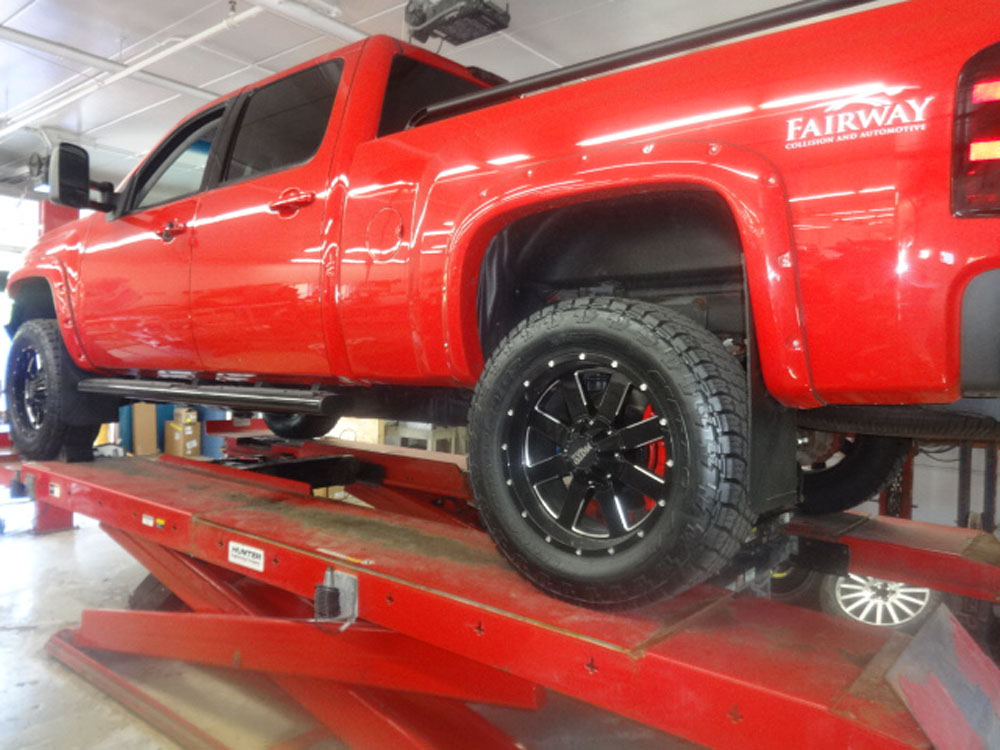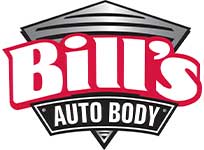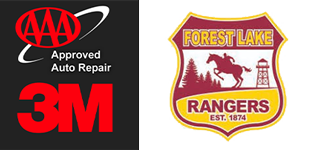
Did you notice an obvious scratch or dent on your vehicle after leaving the parking lot? Any number of things could cause the accident, although the most likely culprit is a rogue shopping cart or a sliding car door from the next parking spot. You may be tempted to ignore it if that is the case. You might be worried about how much it will cost to fix it, even though it’s not critical to the functionality of your vehicle.
The process of dealing with repairs and maintenance can be stressful. Maybe you don’t feel like taking your vehicle somewhere, and then being without it for a while, is worth it.
The Risk of Ignoring Damage
There are several reasons why this route is not recommended. The first problem with ignoring damage is that it will result in a drop in your vehicle’s resale or trade value. When you trade in a damaged car for a new one, the dealer will take the damage into account and may offer you a lower price.
Furthermore, unattended dents and scratches can result in corrosion. Rust will begin to form on the exterior of your vehicle if this process begins. A chemical reaction reduces a vehicle’s safety and value irreversibly. It is possible for rust to accelerate or slow down depending on whether you live in a dry climate, or if your car is constantly exposed to the elements (such as when it is parked in a driveway or on the street during winter).
What Is Paintless Dent Repair?
PDR (or paintless dent repair) is widely considered the most cost-effective, quickest, and most environmentally friendly method of repairing vehicle dents. A minor scratch on your arm is comparable to a severe cut or laceration. Auto body repair using traditional methods is comparable to stitching or surgery. This analogy would suggest that the PDR is the most appropriate treatment option for a minor injury.
There are several steps involved in achieving PDR:
- Accessing and analyzing the damage.
- By removing the affected area panel, the posterior area can be accessed.
- Working out the dent slowly on both sides (without overcorrecting).
What Dents Qualify for Paintless Dent Repair?
Paintless dent repair is the best option for most minor dents caused by low force impacts. PDR is typically applicable to hail damage, hailed balls in driveways, and other little “door dings.”
A body shop will look at how far your car’s metal has been stretched by the dent when you take it in. The shape and depth of the dent will be examined. The smaller and shallower the dent, the more likely PDR is to be used.
Limits of Paintless Dent Repair
PDR only works if your car’s paint has not been seriously damaged. Any damage that is visible from a distance, or that has caused deeper damage, will be too severe. The dent may be large enough to fit in a balled-up fist, or it may go deeper into the door or panel than a half-inch.
It is likely that removing a panel from both sides will stretch the metal to a greater extent if the dent is too large. Additionally, PDR cannot be performed on the damaged area if it has a deep crease or cut or if it was damaged by a deer.


